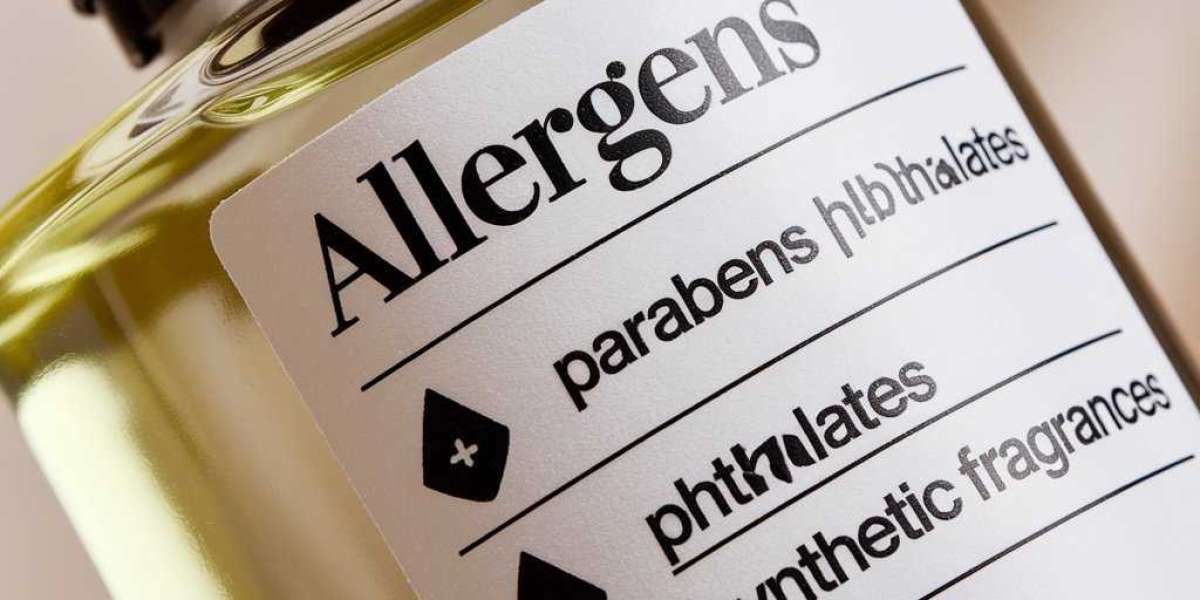This article covers the regulations governing Hydroxycitronellal. It explains safety standards, permissible limits, and compliance requirements for brands.
IntroductionHydroxycitronellal is a popular fragrance ingredient in personal care products. It adds a fresh floral scent but may cause allergic reactions in some individuals. Regulatory bodies set safety guidelines for its use in cosmetics and skincare.This article covers the regulations governing Hydroxycitronellal. It explains safety standards, permissible limits, and compliance requirements for brands.Why Regulations MatterHydroxycitronellal must meet strict safety regulations to prevent skin irritation and allergic reactions. Understanding these rules ensures consumer safety.Table: Key Regulatory Guidelines for HydroxycitronellalRegulatory Body GuidelinesIFRA Restricts concentration in leave-on and rinse-off productsEU Cosmetic Regulation Requires labeling for potential allergensFDA (USA) Listed as a fragrance ingredient with safe usage limitsCOSMOS & Ecocert Evaluates sustainability and environmental impactHealth Canada Monitors safety for consumer health protection➡ Reference: HydroxycitronellalIFRA Standards for HydroxycitronellalThe International Fragrance Association (IFRA) sets global safety limits for fragrance compounds.• IFRA restricts Hydroxycitronellal concentration in personal care products.• Different limits apply to perfumes, creams, and shampoos.• Brands must conduct allergen risk assessments before formulation.EU Cosmetic Regulation ComplianceThe European Union regulates cosmetic ingredients under strict guidelines.• Hydroxycitronellal must be listed in ingredient disclosures.• Products containing it require specific labeling if above threshold limits.• Brands must submit safety reports before launching new formulations.FDA Guidelines for HydroxycitronellalIn the United States, the FDA regulates personal care ingredients.• Hydroxycitronellal is recognized as a fragrance ingredient.• No strict bans, but products must follow voluntary safety guidelines.• Brands must ensure proper formulation to minimize allergenic risks.Health Canada & Other Global RegulationsDifferent countries apply varying restrictions on Hydroxycitronellal.• Health Canada monitors its safe use in cosmetics.• Japan’s Ministry of Health restricts concentration in skincare.• Australia’s NICNAS evaluates ingredient safety and labeling requirements.How Brands Ensure ComplianceTo meet regulations, brands follow specific safety steps.1. Conducting Patch Tests and Safety Assessments• New formulations undergo dermatological testing.• Brands ensure Hydroxycitronellal levels remain within safe limits.2. Transparent Labeling and Allergen Warnings• Products must list Hydroxycitronellal if its concentration exceeds regulated limits.• Labeling helps consumers with fragrance sensitivities make informed choices.3. Following IFRA and EU Cosmetic Safety Reports• Brands comply with IFRA standards for global distribution.• EU safety dossiers ensure adherence to European guidelines.Future Trends in Hydroxycitronellal RegulationRegulations evolve as new safety research emerges.• Stricter Allergen Policies: Increased focus on reducing skin sensitization.• Eco-Friendly Alternatives: Sustainable fragrance molecules may replace Hydroxycitronellal.• More Transparency: Enhanced ingredient disclosure laws in global markets.ConclusionHydroxycitronellal is widely used in personal care products but must meet strict safety regulations. Compliance ensures product safety while allowing brands to maintain fragrance quality. Staying updated on regulatory changes is essential for manufacturers and consumers alike.For more insights on Hydroxycitronellal, visit https://jordanwrites.co/hydroxycitronellal/

